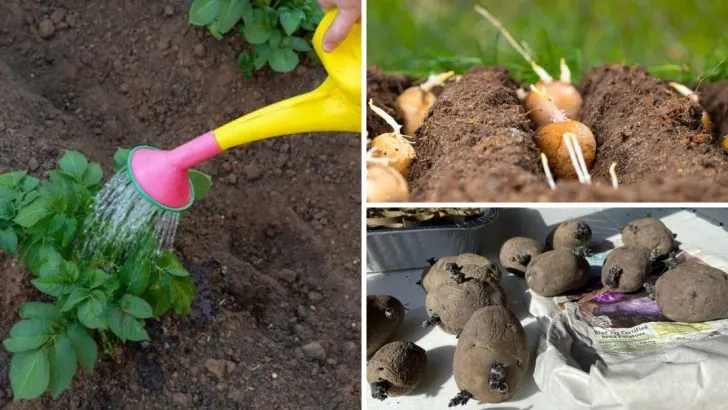Growing potatoes might seem pretty straightforward—you stick them in the dirt and wait, right? That’s what I thought too, until I realized how much more potential there was hiding under the soil. With a bit of strategy and a handful of unexpected tricks, I managed to turn a small 200-square-foot space into a serious potato producer. We’re talking bucketfuls more than I ever expected.
Most of these tips came from trial, error, and some solid advice from other home growers. I’m not working with acres of farmland, just a modest backyard plot. But by rethinking things like spacing, timing, and even the way I watered, the results were night and day. If you’re working with limited space and want to get the most out of every square foot, these 14 tips might surprise you.
Select the Right Variety
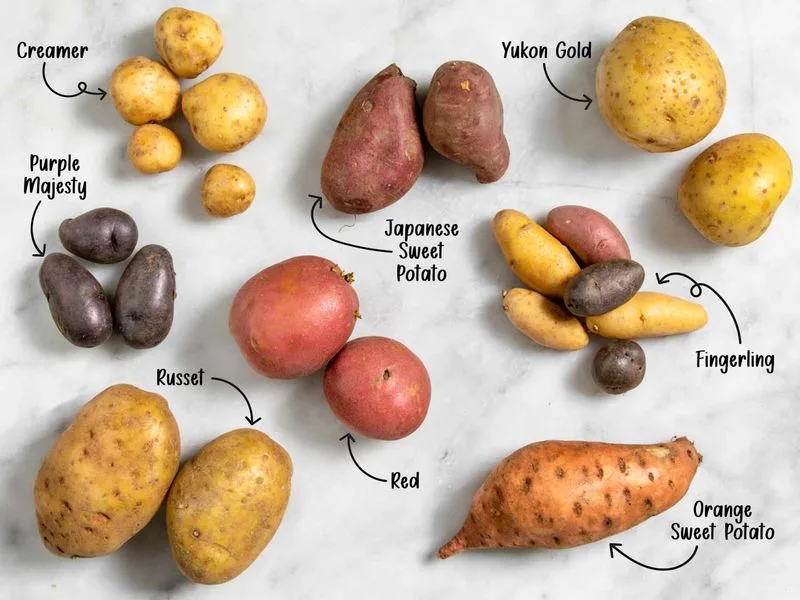
Choosing the suitable potato variety is the first step towards a successful harvest. With a myriad of options like Russet, Yukon Gold, and Red potatoes, selecting ones that suit your climate and soil conditions is crucial. Each variety offers unique flavors and growth patterns, so understanding your garden’s environment helps in making an informed choice. Consider disease resistance and maturity time. Planting early-maturing potatoes might be ideal if your growing season is short. The right choice not only influences yield but also adds variety to your meals, making this decision a rewarding one.
Prepare the Soil
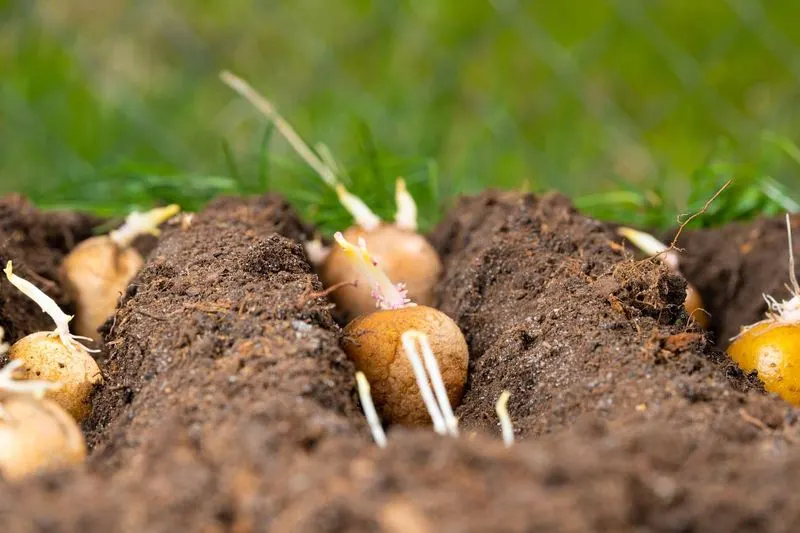
Soil preparation is the foundation of healthy potato growth. Start by loosening the soil to improve drainage and aeration, which are vital for root development. Adding organic matter like compost enriches the soil, providing essential nutrients. Remove rocks and debris to prevent stunted growth. Testing the soil pH ensures it’s within the ideal range of 5.0 to 6.0 for potatoes. A well-prepared soil bed supports robust plants, leading to a larger yield. Giving attention to the soil before planting sets the stage for a successful growing season.
Use Quality Seed Potatoes
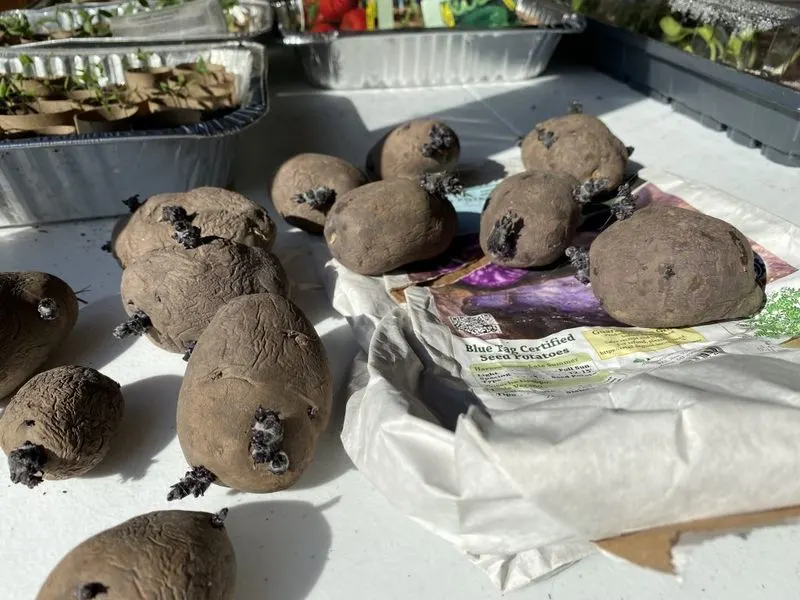
Using certified seed potatoes ensures a healthy start to your potato crop. Certified seeds are free from diseases and pests, providing a robust beginning for your plants. They often come with a higher germination rate, promoting uniform growth. Buying from reputable suppliers guarantees quality, leading to a more successful harvest. Avoid using last year’s leftovers as they may harbor diseases. Investing in good seed potatoes is a small cost for a significant benefit, ensuring a productive and healthy potato patch.
Plant in Rows
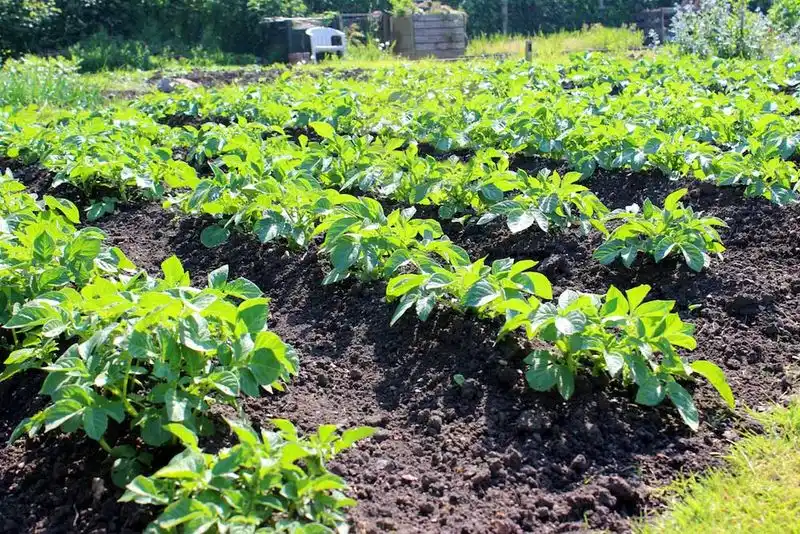
Organizing your potato plants in rows allows for efficient use of space and resources. Rows facilitate air circulation and make watering, weeding, and harvesting more manageable. Spacing plants evenly ensures they have room to grow without competing for nutrients. A well-laid-out garden not only looks appealing but also enhances plant health. This method also helps in monitoring growth and detecting any early signs of disease. Planting in rows is a classic technique that maximizes yield while maintaining garden aesthetics and functionality.
Water Wisely
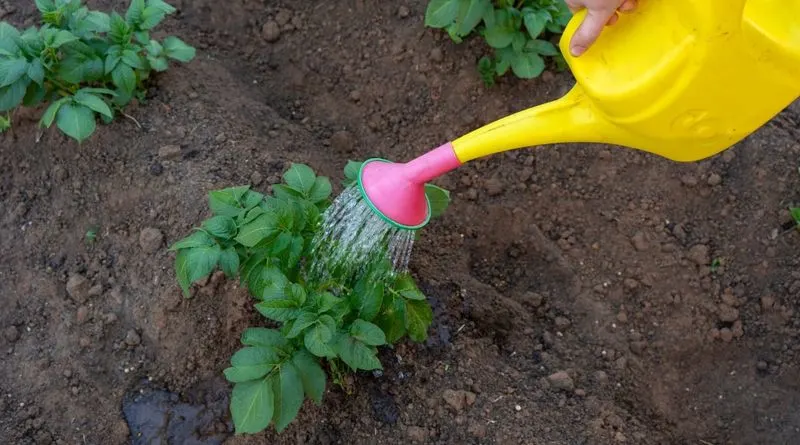
Effective watering is crucial for healthy potato plants. Water deeply but infrequently to encourage deep root growth. Early morning watering reduces evaporation and fungal diseases. Overwatering can lead to rot, so monitoring soil moisture levels is essential. Consider using drip irrigation for precise control. Mulching around plants helps retain moisture, reducing the need for frequent watering. Understanding your garden’s water needs supports robust plant growth, leading to a bountiful harvest. Proper watering practices are a key component of successful potato cultivation.
Control Weeds
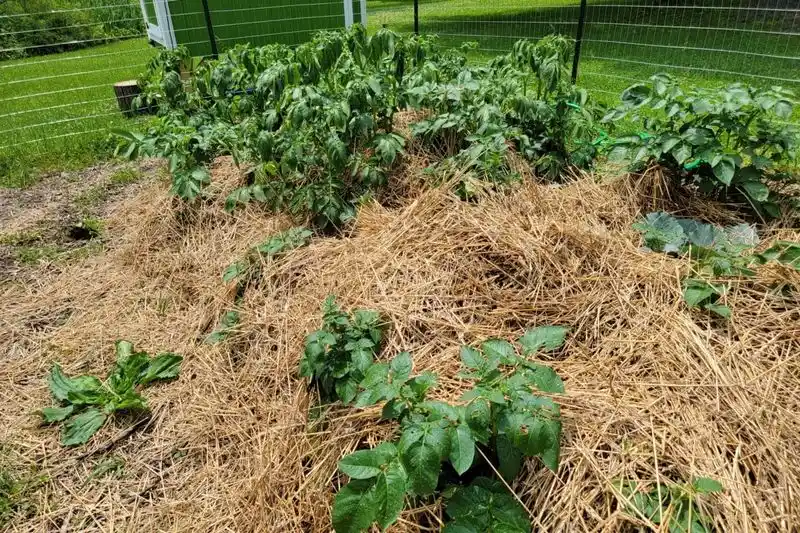
Weeds compete with potatoes for nutrients, water, and sunlight. Regular weeding prevents them from taking over your garden, ensuring potatoes receive the resources they need. Mulching is an effective method to suppress weeds, keeping the soil cool and moist. Hand weeding is gentle on the plants, allowing for precise control. Staying on top of weed control minimizes competition and promotes healthy growth. A weed-free garden is not only aesthetically pleasing but also vital for maximizing your potato yield.
Hill the Plants

Hilling involves mounding soil around the base of potato plants as they grow. This practice encourages tuber development by protecting them from sunlight and preventing greening. It also supports plant stability and improves drainage. Hilling should be done when plants are about 6 inches tall and repeated every few weeks. This technique increases tuber size and yield, making it an essential part of potato cultivation. Proper hilling contributes to a more abundant harvest and healthier plants.
Protect from Pests
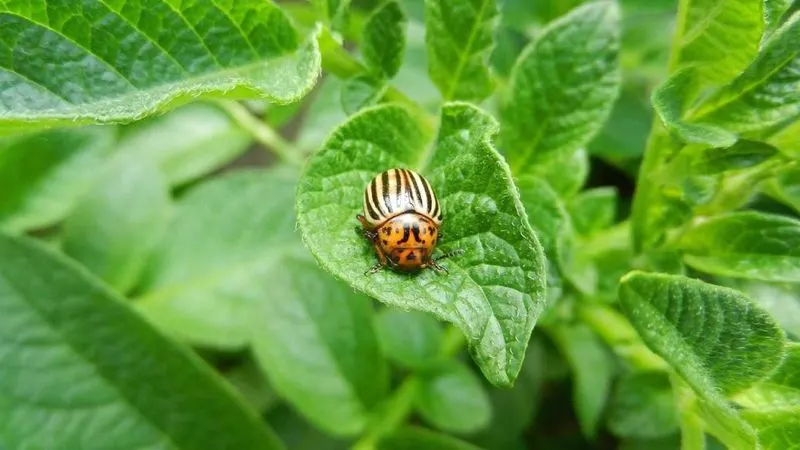
Pests can severely affect potato plants if not controlled. Using natural methods like companion planting and physical barriers can protect your crop without harmful chemicals. Introducing beneficial insects such as ladybugs can control aphid populations. Regular monitoring helps in early detection and prevents infestations. Neem oil and insecticidal soap are effective organic solutions. Creating a pest-resistant environment ensures healthier plants and a successful harvest. Protecting your potatoes from pests is crucial for maintaining the quality and quantity of your yield.
Fertilize Properly
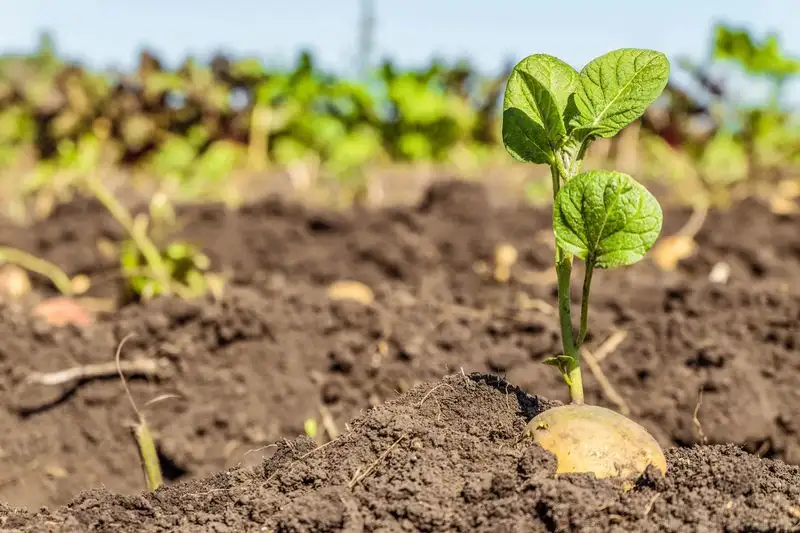
Proper fertilization promotes vigorous potato growth. An organic fertilizer rich in nitrogen, phosphorus, and potassium supports strong root and tuber development. Timing is crucial; apply fertilizer at planting and during the growing season for best results. Over-fertilizing can harm plants, so follow recommended guidelines. Consider soil tests to determine specific nutrient needs. Balanced fertilization enhances plant health, leading to a more productive harvest. Using the right nutrients at the right time is a cornerstone of successful potato gardening.
Harvest at the Right Time
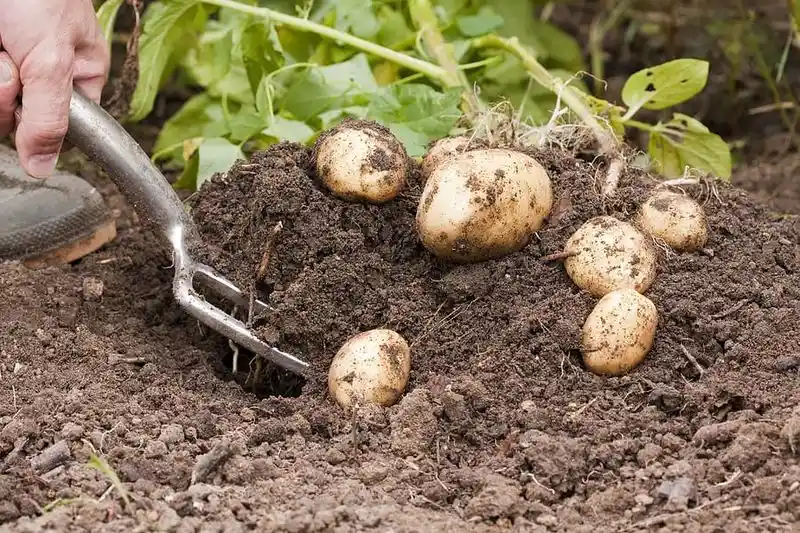
Knowing when to harvest potatoes is key to obtaining the best yield. Mature potatoes are ready when the foliage begins to die back. Use a garden fork to lift them gently, avoiding damage. Curing in a cool, dark place for two weeks enhances flavor and longevity. Early harvesting may lead to smaller tubers, while late harvesting risks rot. Recognizing the signs of maturity ensures peak flavor and quality. Proper harvesting techniques preserve the integrity of your potatoes, resulting in a successful and satisfying yield.
Store Potatoes Correctly
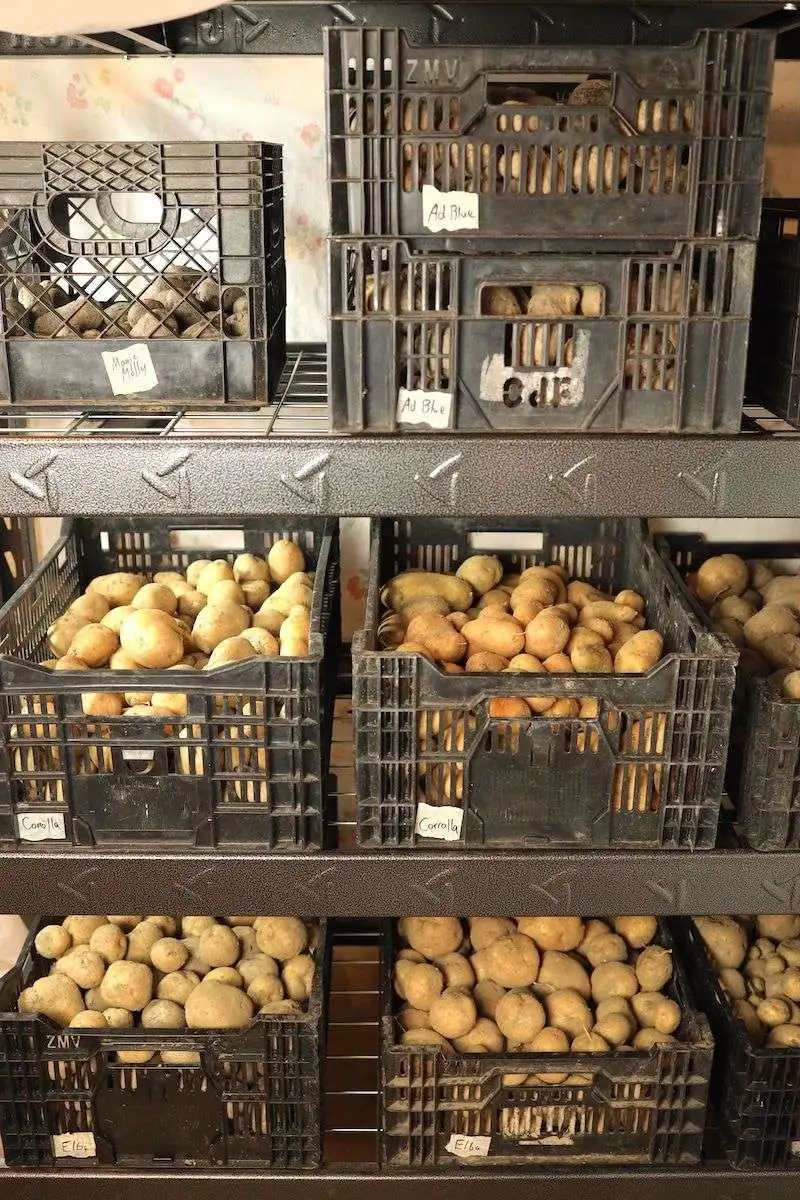
Proper storage is vital for extending the shelf life of your potatoes. A cool, dark, and well-ventilated space is ideal. Avoid washing potatoes before storing, as moisture can lead to rot. Use burlap sacks or paper bags to allow airflow. Regularly check for spoilage and remove affected tubers promptly. Storing at temperatures between 45-55°F preserves flavor and texture. Good storage practices keep your harvest fresh and ready for use throughout the year. Careful storage extends the enjoyment of your hard-earned crop.
Rotate Crops
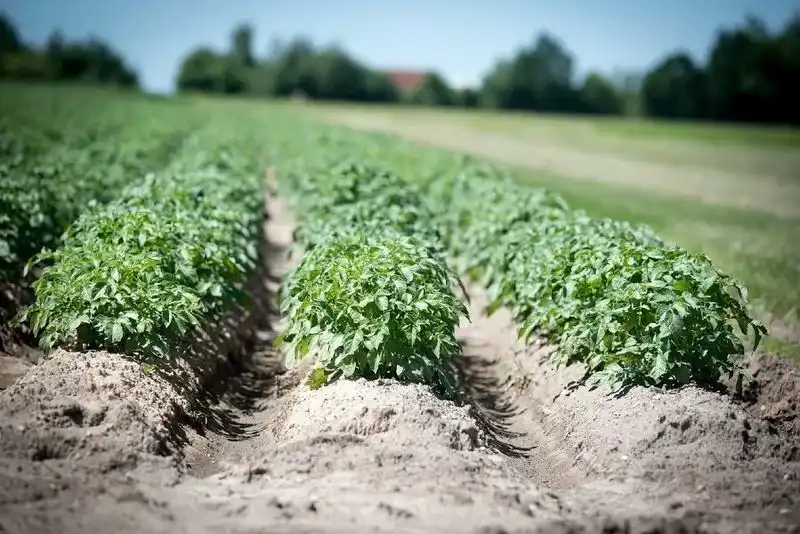
Crop rotation is essential for maintaining soil health and preventing pest and disease buildup. Avoid planting potatoes in the same spot for consecutive years. Rotate with legumes or leafy greens to restore soil nutrients. This strategy disrupts pest life cycles and reduces disease risk. Planning your garden layout with rotation in mind supports sustainable gardening practices. Healthy soil leads to healthier plants and increased yields. Crop rotation is a time-tested method for successful gardening, preserving both your harvest and your garden’s vitality.
Maximize Sunlight Exposure
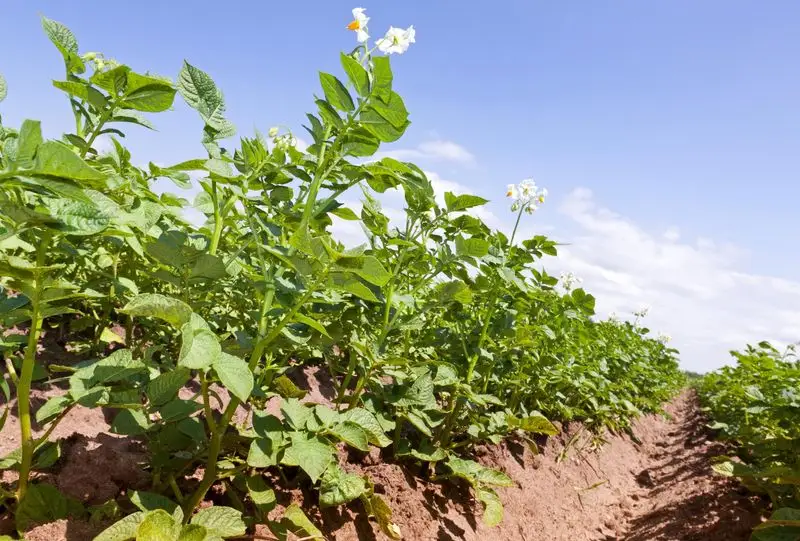
Ensuring that your potato plants receive ample sunlight can significantly enhance growth and yield. With their leaves reaching for the sky, potatoes thrive best with a minimum of six hours of sunlight each day. This exposure to natural light strengthens the plant’s ability to photosynthesize effectively.
Consider the strategic placement of reflective surfaces such as mirrors or white boards to amplify sunlight. This clever trick can channel additional light to shaded sections of your garden. Not only does this method boost potato growth, but it also maximizes the use of every available inch of your garden space.
Incorporate Companion Planting

Imagine a garden where potatoes and marigolds dance together, warding off pests with a naturally harmonious partnership. Potatoes thrive when accompanied by marigolds, their vibrant colors deterring unwanted insects.
Beans also play a pivotal role, enhancing soil nitrogen levels, thereby boosting potato growth. This symbiotic relationship turns a simple plot into a thriving ecosystem, ensuring a bountiful harvest.
By creatively integrating these companion plants, you not only maximize space but also increase your yields, demonstrating nature’s cooperative genius in your own backyard. Did you know? Marigolds have been used for centuries to repel nematodes in gardens worldwide.

